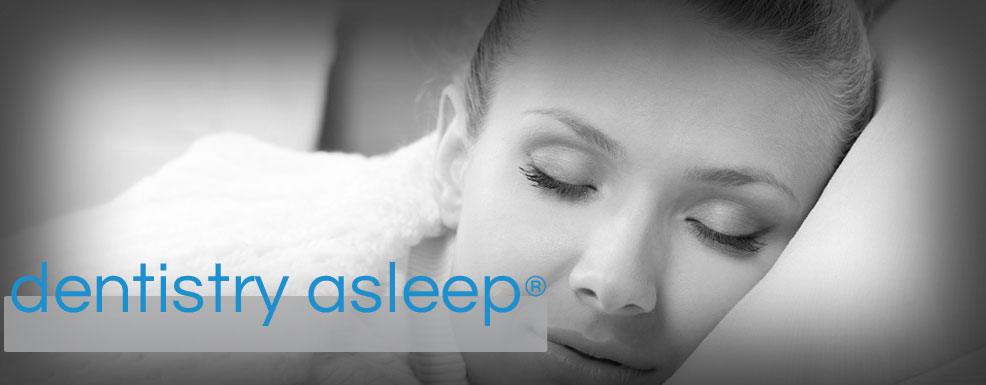 Does the idea of going to the dentist set your nerves on edge? Sedation dentistry might be the answer you’re looking for. Imagine getting the care you need while you relax in a gentle sleep-like state. You’ll awaken with healthier teeth, feeling good for having done something positive for yourself. Modern dentists offer a variety of sedation options. We’ll look at several of them in this post.
Does the idea of going to the dentist set your nerves on edge? Sedation dentistry might be the answer you’re looking for. Imagine getting the care you need while you relax in a gentle sleep-like state. You’ll awaken with healthier teeth, feeling good for having done something positive for yourself. Modern dentists offer a variety of sedation options. We’ll look at several of them in this post.
Nitrous Oxide: The Classic Approach to Dental Sedation
Nitrous oxide has been used for over 100 years in dental settings. Also known as “laughing gas,” nitrous induces a state of deep relaxation. In most cases, nitrous wears off quickly after treatment, so you’ll probably be able to drive yourself home after the appointment.
Oral Sedation: The Next Step in Sedative Dentistry
The effects of oral sedation are similar to those of nitrous oxide, except that the patient is more likely to fall asleep during the procedure. This is not a problem, of course. You’ll simply relax in the dental chair while the dentist does all the work. You will need someone to drive you home after the appointment, as the effects of oral sedation may take several hours to wear off.
Twilight Sedation: Deep, Deep Relaxation
This form of sedation is administered through an IV. It’s similar to general anesthesia, except that the patient may remain semi awake during the procedure. Twilight sedation generally wears off more quickly than general anesthesia. It’s a good option for people who need to undergo extensive procedures that may last more than an hour.
General Anesthesia: Safe, Gentle Sleep
General anesthesia is the deepest form of sedation. It’s very much like being in a deep, restful sleep. As with twilight anesthesia, the medication is administered through an IV. This is the same method typically used in hospitals for people undergoing major surgery.
General anesthesia is administered under strict conditions. Your vital signs and overall health will be monitored constantly while you rest. You may awake feeling slightly groggy. You’ll need someone to drive you home afterwards.
It may take a few days for your body to flush the anesthesia from your system entirely. Nonetheless, general anesthesia is the gentlest, easiest way to get the care you need, free of the nervousness and worry you can do without.
Local Anesthesia: It Might Be Just What You’re Looking for
Some people are fine with staying awake during a dental procedure. If this sounds like you, then local anesthesia might be the solution you’re after. Your dentist will simply administer painkilling medications directly at the site of treatment, usually around the gum line. You may feel a very slight sensation during the procedure, although most patients report feeling nothing at all. Your mouth will probably be numb for several hours after the visit is over. You’ll be fully alert and able to perform most everyday tasks, although you may have a little trouble eating or speaking for a little while.
Nowadays there’s no reason for anyone to suffer needlessly from dental phobia or discomfort. Discuss the anesthesia options mentioned in this post with your dentist during your upcoming appointment. You’ll soon get the care you need to keep your smile looking its best.
About the Author
Dr. Kevin Dann is not only an outstanding dentist, he’s also a skilled anesthesiologist trained in multiple forms of sedation. He’s a member of the Ontario Dental Association and the American Association of Dental Anesthesiologists. You can reach his office online or by calling 1-647-559-3176.




